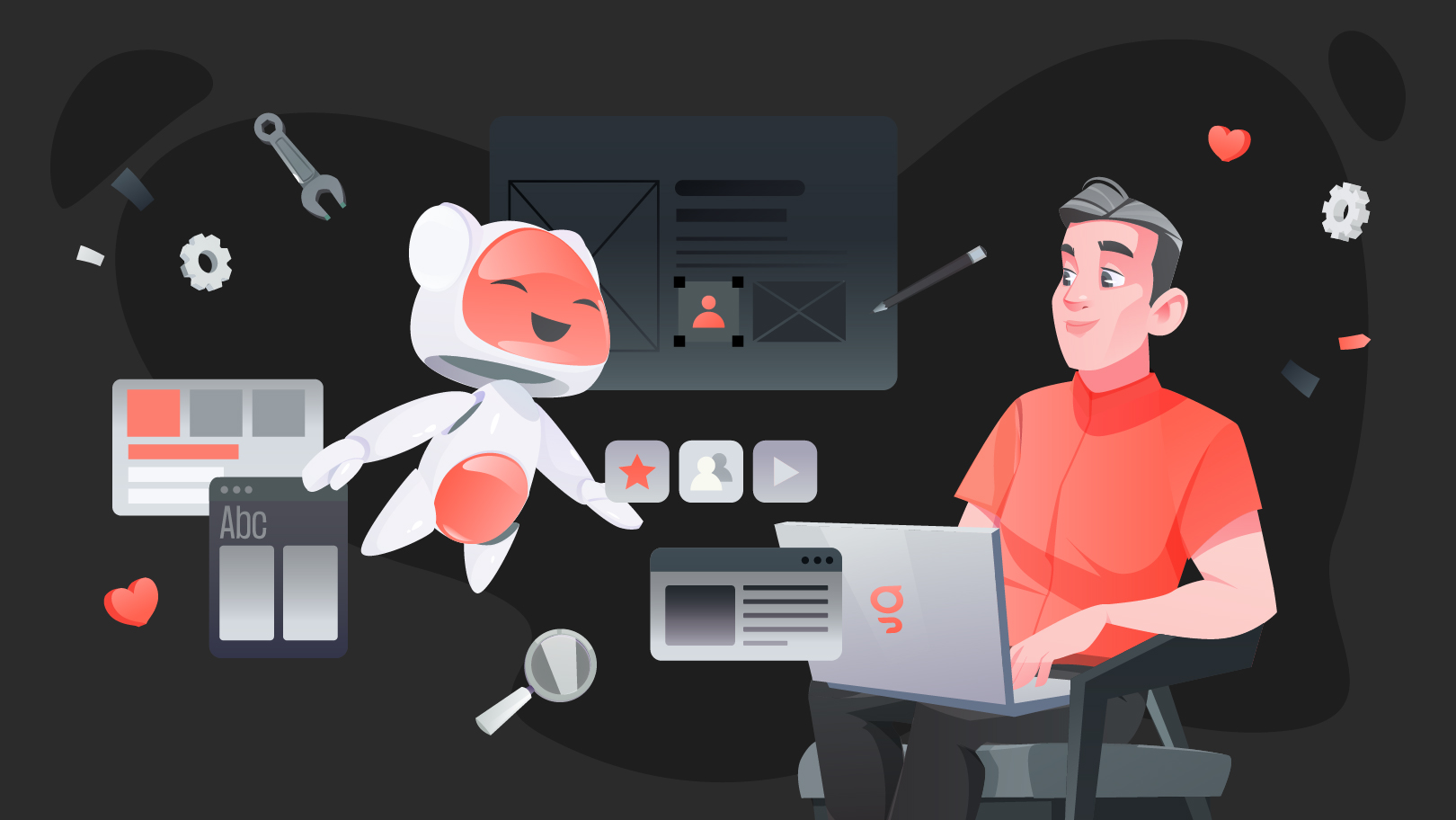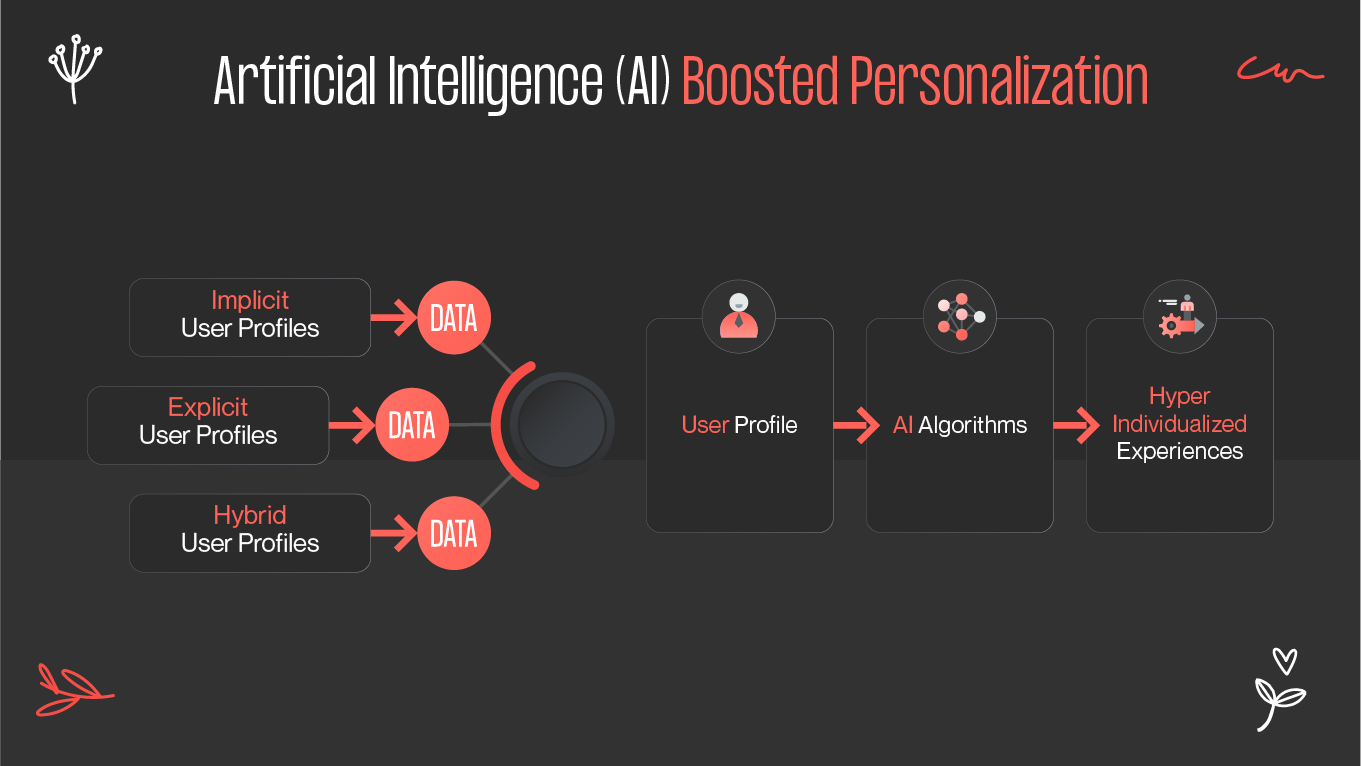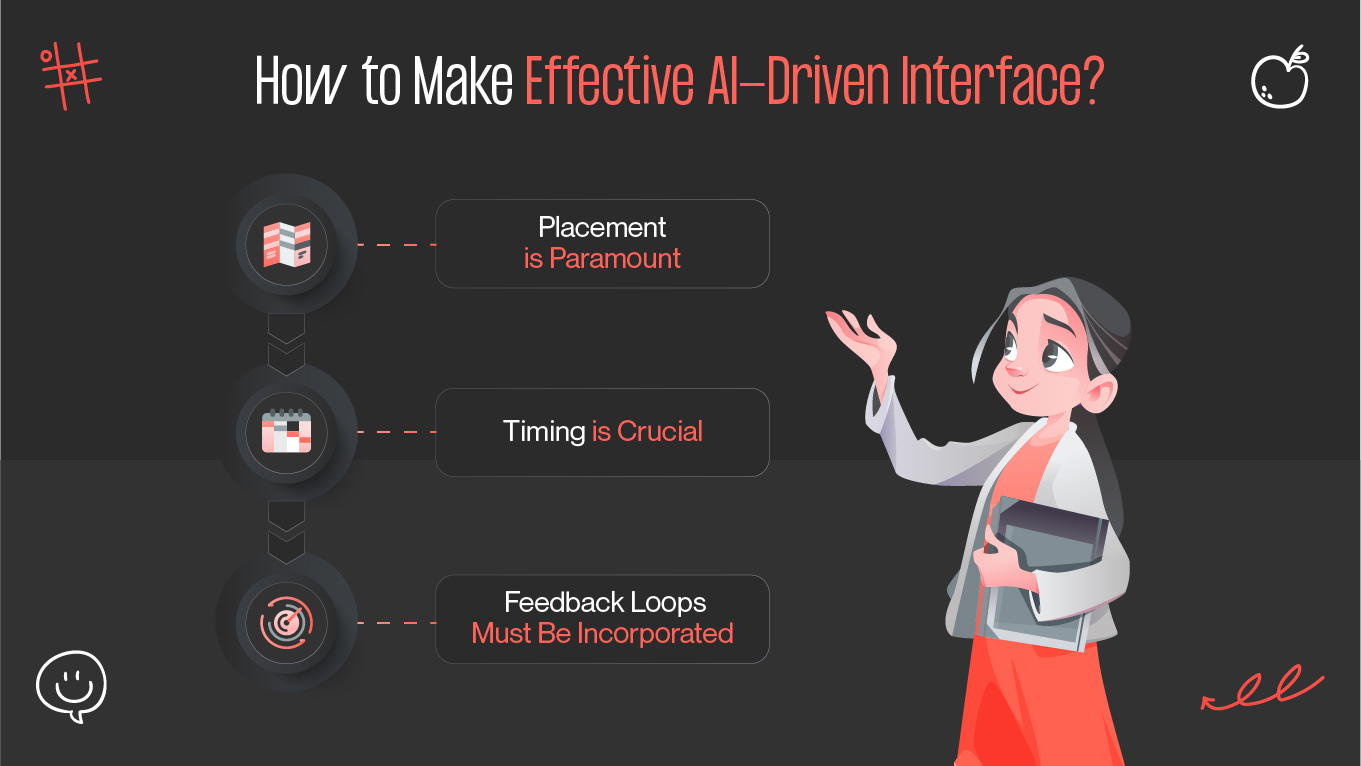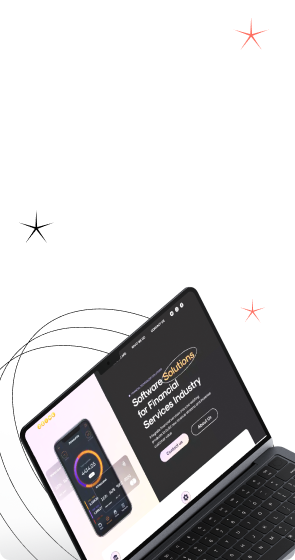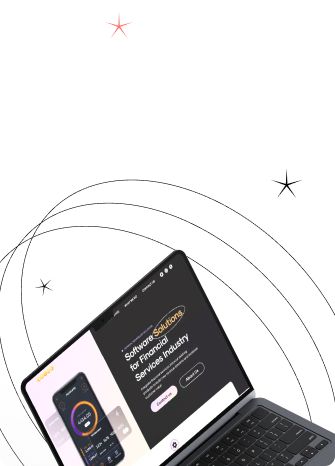Users now don't just want frictionless interfaces—they want digital experiences that are personalized. Meet AI personalization UX: the future of user experience that allows interfaces to adapt dynamically to address individual needs, wants, and behaviors.
Those generic user journeys of yesteryear are a thing of the past. Artificial intelligence at the helm, UX is becoming smarter, quicker, and—at times—compellingly prophetic. But what exactly does all this mean for designers, users, and the delicate balancing act between relevance and privacy?

